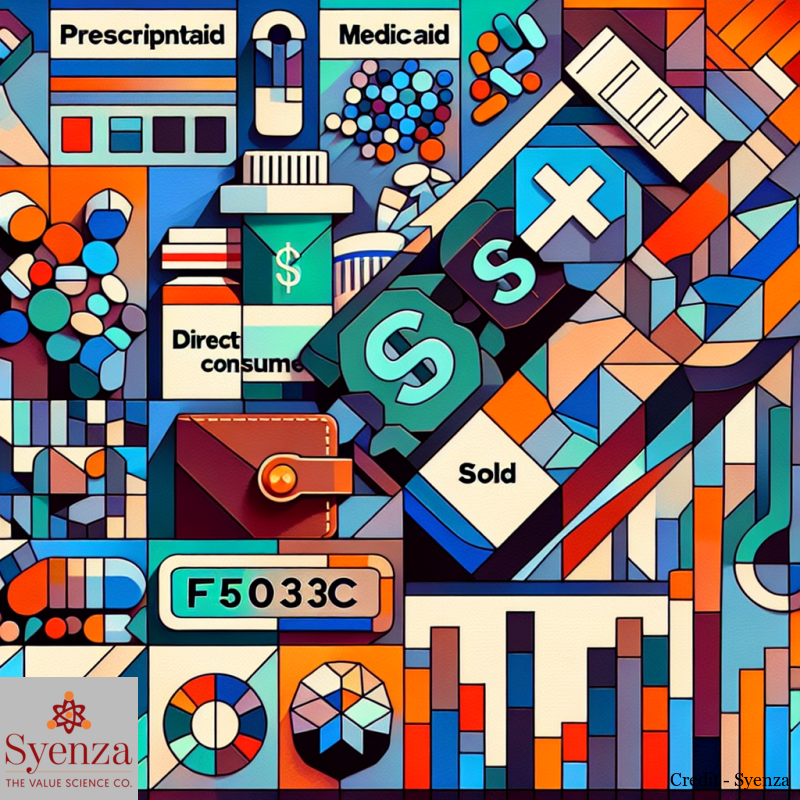
Summary
President Trump announced that Pfizer has agreed to lower drug prices. This is part of a broader initiative to reduce prescription drug costs in the United States, particularly focusing on Pfizer Trump drug prices. The agreement includes offering medicines at prices comparable to other developed nations. This is known as most-favored-nation (MFN) pricing. The deal also establishes direct-to-consumer sales channels at discounted rates. In exchange for continued U.S. manufacturing investment, Pfizer will avoid certain tariffs on imported drugs for three years.
Key Insights
Most-Favored-Nation Pricing Implementation: The deal represents the first major pharmaceutical agreement under Trump’s executive order. This order requires drug companies to offer Medicaid patients the lowest costs paid for the same medications in other countries. Pfizer will provide every state Medicaid program access to MFN drug prices on its products. This could create significant cost savings for government healthcare programs.
Direct-to-Consumer Market Expansion: Two new platforms are emerging from this initiative. TrumpRx will allow direct-to-consumer medication sales at discounted rates with Pfizer’s participation. AmericasMedicines.com was launched by the pharmaceutical industry group PhRMA. It is set to debut in January. This represents a fundamental shift toward bypassing traditional pharmacy and insurance intermediaries.
Industry-Wide Pressure Campaign: Trump’s approach involved sending letters to 17 major drug companies. He set a Monday deadline, threatening tariffs for non-compliance. He also promised additional company announcements, specifically mentioning Eli Lilly as forthcoming. This demonstrates a comprehensive strategy to leverage trade policy for domestic drug pricing reform.
Background Context
Prescription drug pricing has been a persistent challenge in U.S. healthcare policy. Americans typically pay significantly more for medications compared to other developed nations. The most-favored-nation pricing concept is based on international reference pricing models. Many countries use these models to control pharmaceutical costs. The pharmaceutical industry has historically invested approximately $500 billion in U.S. infrastructure. It has also provided financial assistance to 10 million Americans for medication affordability, according to PhRMA.
The integration of trade policy with healthcare pricing represents a novel approach. It uses tariff threats as leverage rather than traditional regulatory mechanisms. This strategy builds on existing international trade frameworks. It applies them to domestic healthcare cost containment.
Implications
Health Economics Transformation: This agreement could establish a precedent for systematic pharmaceutical pricing reform. It would align U.S. costs with global standards. This may reduce the substantial price differentials that have historically characterized the American market. The MFN pricing model may create downward pressure on drug costs across the entire healthcare system. This goes beyond just Medicaid programs, further challenging Pfizer Trump drug prices.
Market Structure Evolution: The emergence of direct-to-consumer pharmaceutical platforms could disrupt traditional distribution channels. It could also create new pricing transparency mechanisms. This shift may reduce intermediary costs. It would also provide patients with more direct access to manufacturer pricing. This could potentially improve medication adherence through affordability.
Policy and Regulatory Implications: This trade-policy-driven approach could influence future healthcare policy frameworks. It demonstrates how international trade mechanisms can be leveraged for domestic health outcomes. The three-year tariff exemption structure creates a natural evaluation period. This period will assess the effectiveness of voluntary industry agreements versus regulatory mandates.
For additional information on this initiative, you can read more about the latest developments in Pfizer’s agreements and related policies here.
